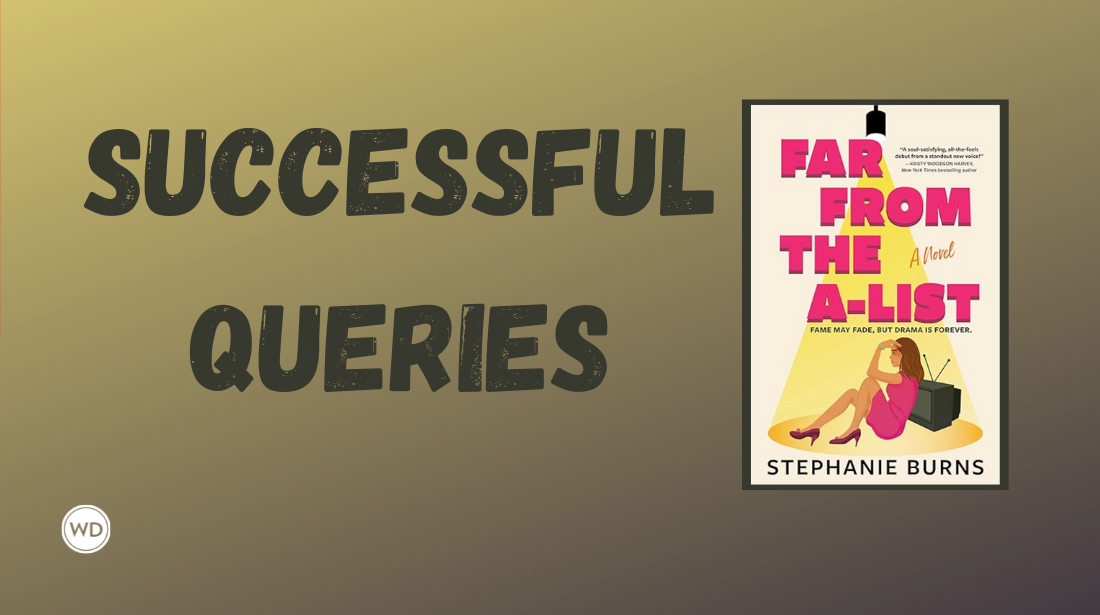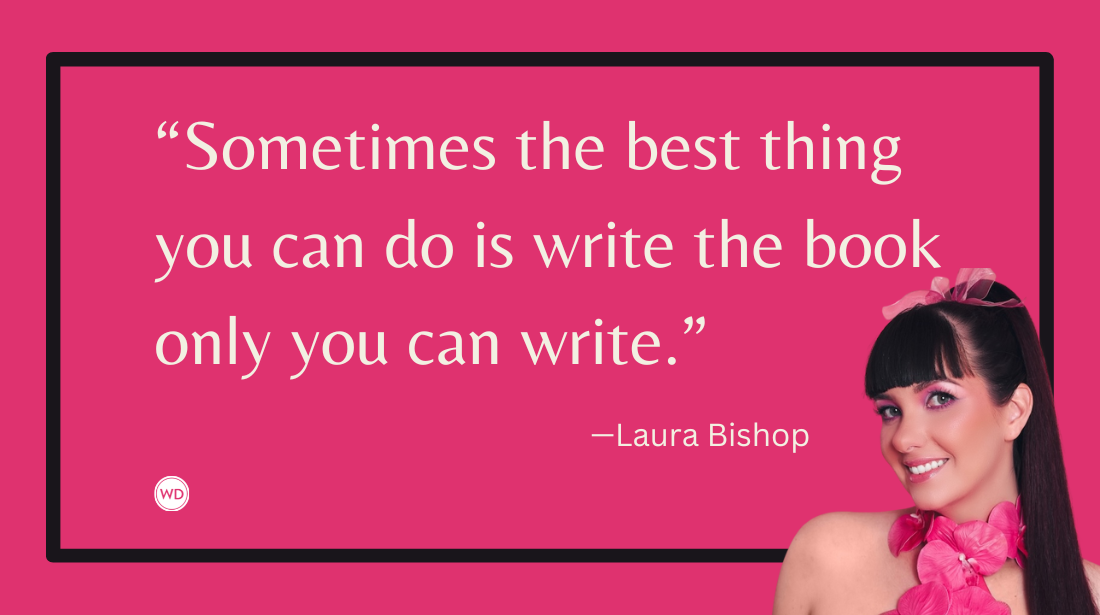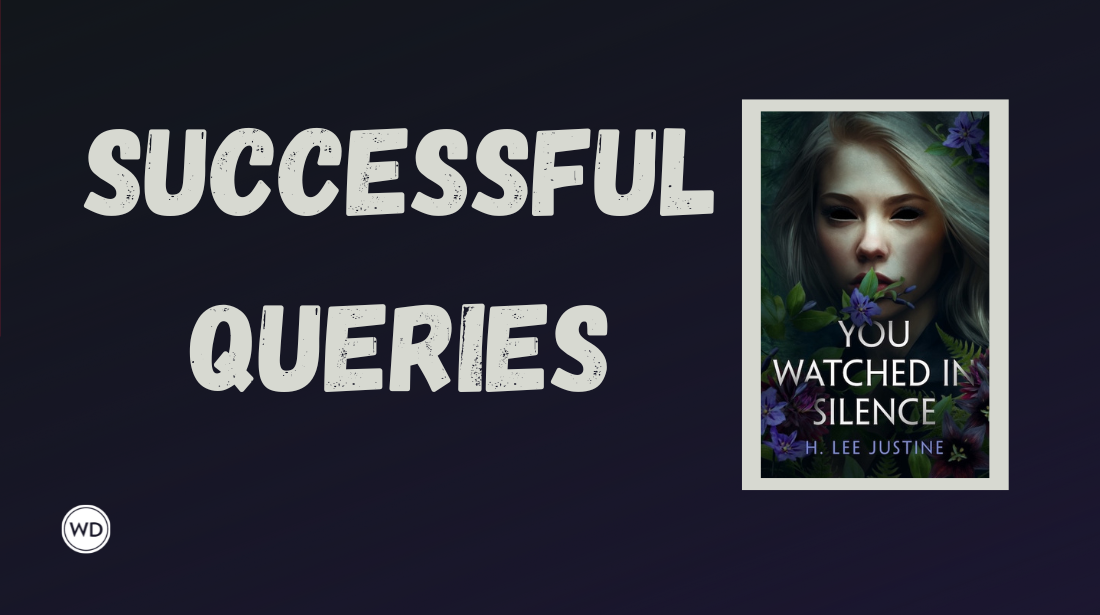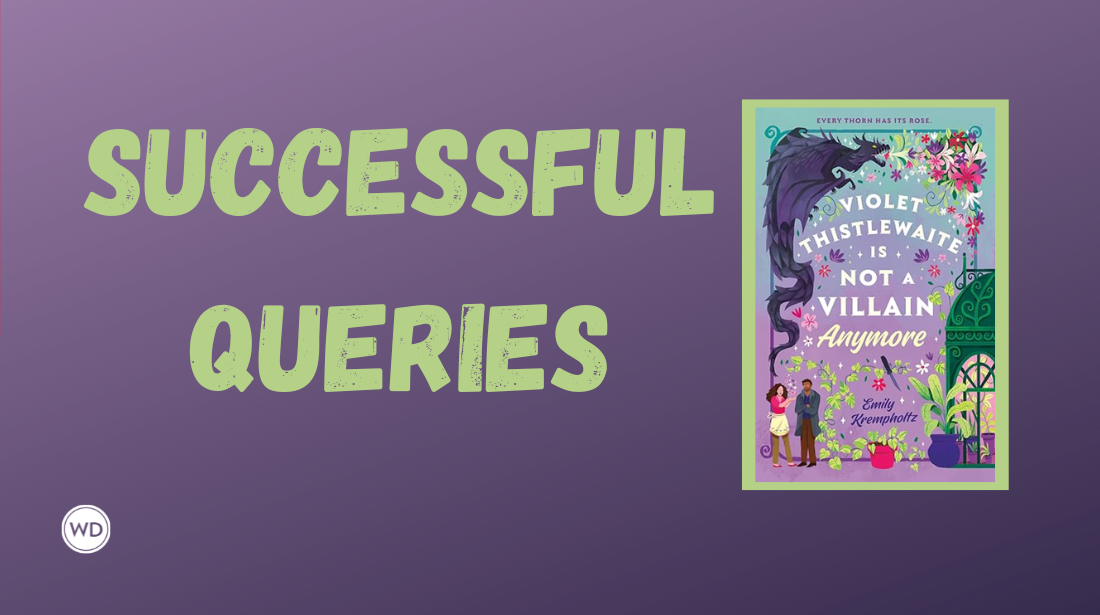What Is a Pantser in Writing?
The world of storytelling can be broken into many categories and sub-categories, but one division is between pantser and plotter. Learn what a pantser means in writing and how they differ from plotters here.
I've been working as an editor with the Writer's Digest writing community for so long that I often take certain terms for granted. While they may have been new to me 5, 10, or 20 years ago, they're just the jargon I know by heart. But not everyone is familiar with the same jargon at the same time, so I'm going to start defining some of these terms for people who are still learning. (Note: I'm always still learning.)
In this post, I'm going to answer the question, "What is a pantser in writing?"
What Is a Pantser in Writing?
A pantser is a term most commonly applied to fiction writers, especially novelists, who write their stories "by the seat of their pants." The opposite would be a plotter, or someone who uses outlines to help plot out their novels. Many writers fall into one camp or the other, though it's not uncommon for writers to try both methods from book to book.
Why Be a Panster Instead of a Plotter?
One of the main reasons pantsers prefer their style of drafting stories is that they believe it opens them up to creativity in a way that plotting and using outlines might inhibit. Pantsers don't know what the road looks like ahead, so they can take a right, a left, or go off-roading if they want.
Of course, the one thing about traveling without a map (or GPS) is that it's easier to get lost or find yourself at a dead end. As such, pantsers are more prone to ending up in a position where they have to back up before going forward with the story again.
Is It Better to Be a Pantser or Plotter?
Honestly, I don't think one method is better than the other in theory. Many people find outlines are beneficial to getting from point A to point B in their stories. However, many other people find outlining limits their creativity.
If you're not sure, the best way to learn is trial and error. Give outlines a chance and attempt writing by the seat of your pants. If one feels more natural, then that is probably the better method...for you.
*****
If you love to write and have a story you want to tell, the only thing that can stand between you and the success you’re seeking isn’t craft, or a good agent, or enough Facebook friends and Twitter followers, but fear. Fear that you aren’t good enough, or fear the market is too crowded, or fear no one wants to hear from you. Fortunately, you can’t write while being in the flow and be afraid simultaneously. The question is whether you will write fearlessly.









